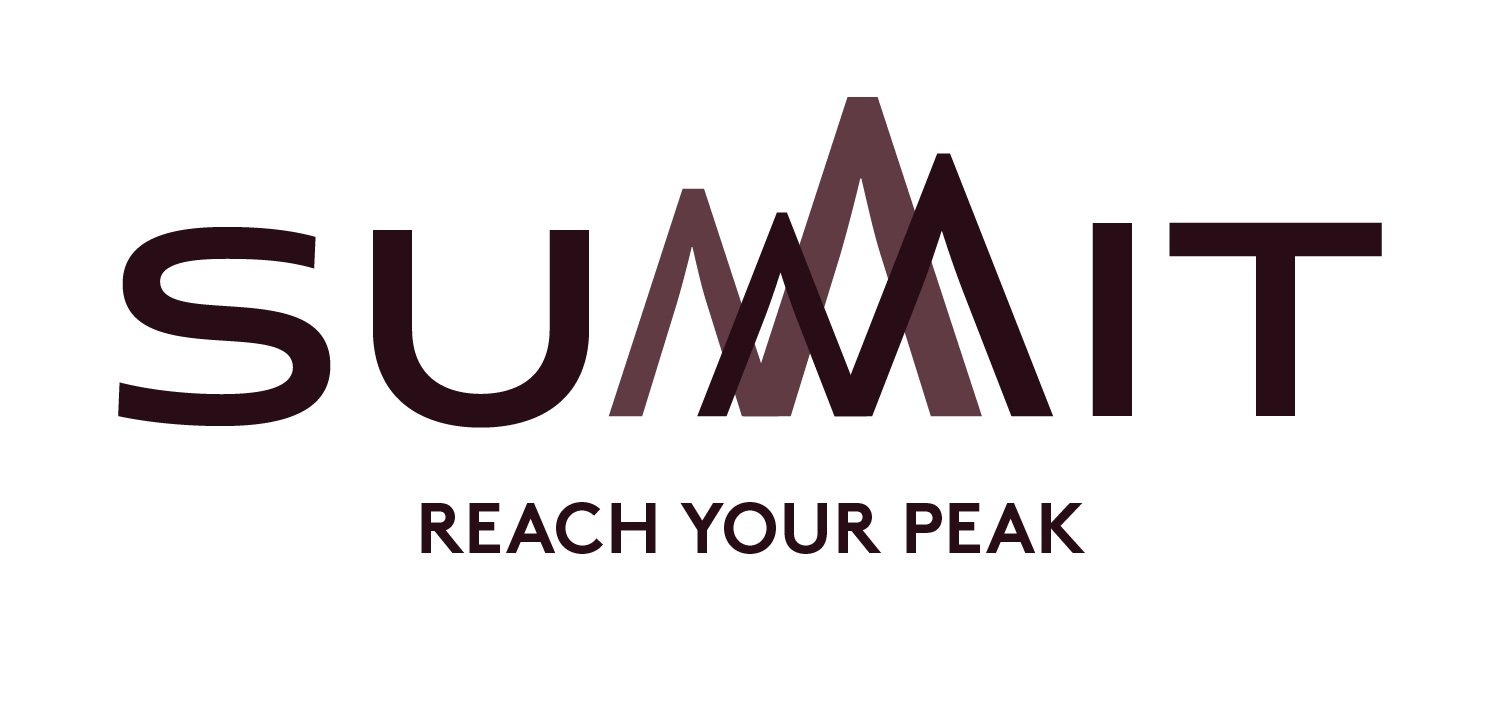Tendonitis…aka Tendonopathy
Thank you for checking out another Thoughts and Articles piece by Summit Physical Therapy & Performance. We pride ourselves on being the best physical therapists in Baltimore and our clinic is located in the Hampden neighborhood of Baltimore City within the Keswick Wise and Well Center.
Onward!
What are Tendons?
Tendons are rope-like structures within our body that connect our muscles to our bones. When our muscles contract, they tug on the tendons which in turn pull on the bones they connect to and this is how we move our skeleton using our musculoskeletal system. Tendons can, unfortunately, be very painful when their capacity (their ability to withstand force) is less than the forces we put through them throughout the day. In other words, a weak tendon can often times be a painful tendon. For simplicity, we’ll refer to a painful tendon as tendinopathy for the rest of this piece.
Let’s rewind for a moment, however, and look at what exactly is going on when you’re experiencing a tendinopathy. Tendons are made up on collagenous fibers that are supposed to be all aligned in parallel format. Parallel format is very important because when the muscle pulls (contracts) we want to optimize the force going through the tendon to the bone. Parallel fibers optimize the force of pull through the tendon while scattered fibers would lead to a loss of force. Think about Tug of War….instinctively, everyone on one team lines up and gets as parallel as they can to the rope to optimize the force of pull…if half of the team was pulling sideways….your whole team would likely end up face planting quite quickly.
However, when there is an injury to the tendon the body lays down new collagen fibers to help reinforce the injured tendon. Unfortunately, the body does not lay them down in parallel format. The body initially lays down immature, new fibers in a mesh like pattern and while the fibers mature over a matter of weeks and months, the fibers align themselves into a parallel format alongside the other mature tendon fibers. However, if we are sedentary or not actively engaging and strengthening that specific tendon…then that tendon is not going to receive the consistent force needed to help the immature tendon fibers realign themselves properly and you can end up with a tendonopathy….or a weak, painful tendon. We can actually see this process when we look at tendon fibers under a microscope.
The normal tendon and tendinopathy tendon is shown. (A) Normal tendon has parallel, longitudinal architecture with scattered elongated tenocytes. (B) Tendinopathy tendon shows disorganized collagen architecture, high cellularity of rounded tenocytes. (This figure was published in Soslowsky LJ, Thomopoulos S, Tun S, Flanagan CL, Keefer CC, Mastaw J, Carpenter JE. Neer Award 1999. Overuse activity injures the supraspinatus tendon in an animal model: a histologic and biomechanical study. J Shoulder Elbow Surg. 2000;9:79–84,
So the question is … how do we get the tendon on the right (the painful, disorganized fibers) to look like the nice healthy, parallel-format fibers on the left?
The Power of Strength Training.
Tailored exercises that are targeted to specific tendons and progressed/regressed to be the perfect challenge help provide the correct, optimized load to help tendon fibers remodel and realign as they should. Over time, this both improves the fiber alignment as well as the overall tendon capacity. With improved tissue quality, your tendons will be able to sustain and withstand higher forces….this allows you to do the things you want to do in life (be that stair climbing, jumping, running or all of the above) without the pain and disability that comes with painful tendons.
Avoid the Rest Trap
Often times when experiencing pain, our initial instinct is to rest and let the area heal… While a very brief (maybe 1-2 days) rest can be helpful in calming down pain…an extended rest break allows tendons to mature into a suboptimal and weakened state. This is often times why we see people take 4-6 weeks off of (let’s say) running….only to return to their previous volume of running and have their pain come back immediately. This can be a very disheartening process but it is avoidable through targeted strength training that helps improve tendon quality without overloading it beyond what it can handle.
What to do next:
If you are struggling with tendonitis, tendonopathy…or what you think may be tendon-related pain, send us an email or give us a call and let’s see how we can help. As noted above, we strive to be the best physical therapists in Baltimore City. We look forward to working with you and learning more about your goals for living a pain-free, active life.
All our best
The Team at Summit Physical Therapy & Performance in Hampden, Baltimore.

